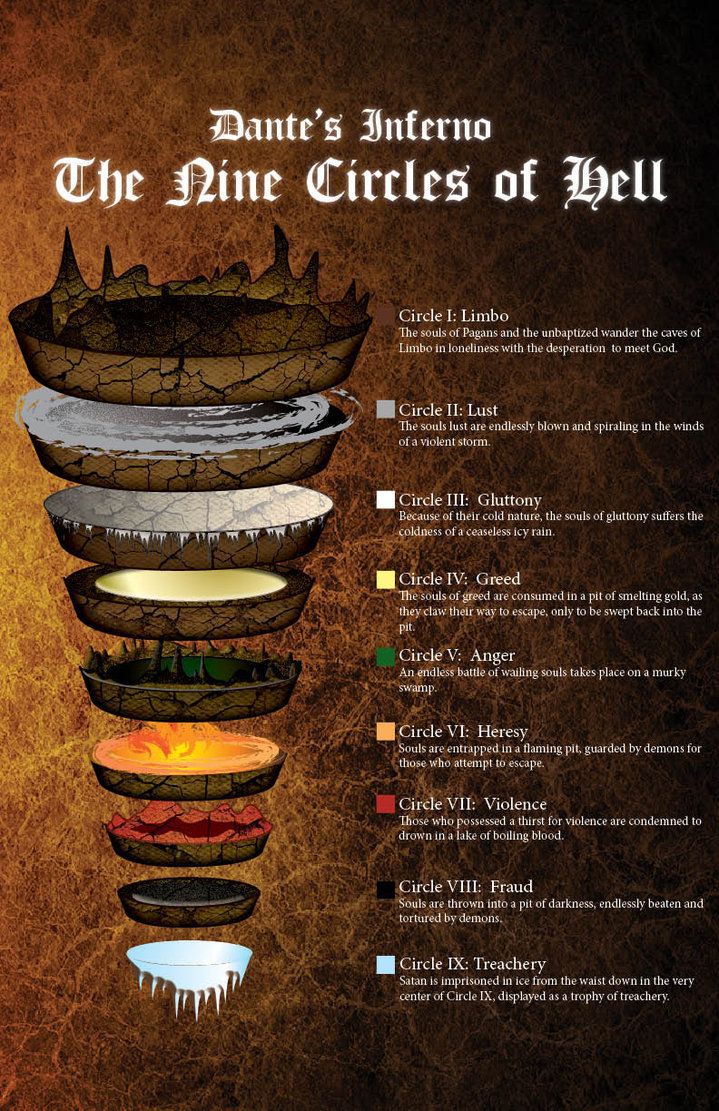Blog
Comedy Extracts
The Circle of Life: A Roundup of Interpretations
The idea that life is circular has been around for a long time.
From the changing seasons to birth and death, life is an unending cycle. Throughout the centuries, people have found innumerable ways to represent this concept. As one way to symbolize the cyclical nature of life in relation to fate, ancient philosophers created the rota fortunae, or wheel of fortune, which our modern society cleverly turned into everyone’s favorite game show to watch with grandma. There’s also the ever-flatulent Ignatius Reilly's Fortuna, the “blind, heedless goddess” he often calls out to.
Another ancient symbol of the circle of life is the ouroboros, an image of a serpent eating its own tail (there’s no game show for this one...yet). Originally seen in a funerary text inside King Tut’s tomb, it has since become an important symbol in many cultures. In Egypt, it is believed to have represented Ra, the sun god and lord of creation, and Osiris, the god of the underworld and personal escort for the souls of the recently deceased. Even though the ouroboros inextricably ties death to life, it’s clear from its use in funeral rites that it’s viewed as a symbol of renewal and not as a negative reminder that all life comes to an end.
The circle of life symbolizes two opposites, life and death, so rationally it should be a neutral symbol. But humans assign meaning to symbols, and humans aren’t always rational. It’s clear through its use over hundreds of years and in dozens of cultures that the circle of life is overwhelming seen as positive (after all, it is called the circle of life).
This symbol represents the comforting idea that life is always replenished, that the seasons will always change, that the sun will always rise. However, there are some references that focus on the “death” aspect and bring the never-ending quality of a circle to some dark places. Hell, for example.

In Dante’s Inferno, hell is described as a series of nine concentric circles, with some levels having their own sub-circles because you can’t have people who murdered their families on the same level as people who murdered their guests. (Which do you think Dante thought was worse? If you guessed “family,” then you’re keeping this circular theme going with a score of 0.) Rather than representing the cycle of rebirth, this circle of death represents the endlessly repeated cycle of misery that the residents of hell experience.
Dante’s circular hell is a twisted take on the circle of life, but it does illustrate another interesting aspect of the concept. The circle of life operates on many levels, from the macrocosmic view where the cycle of rebirth ties all living things together, to the microcosm of circles we all experience individually. Your work day, your meals and your ups and downs are all aspects of your individual circle of life. We all have them, but they aren’t all the same. How we negotiate this ever-changing ebb and flow makes our lives what they are.
In the 19th century, French satirist Jean-Baptiste Alphonse Karr wrote, “The more things change, the more they stay the same.” He wasn’t talking about the circle of life, but he easily could have been. The circle perpetuates changes within a fixed pattern, so even though constant changes are occurring, not much is different by the time things come full circle.
We’re going to leave you here so you can contemplate the implications of this and maybe or maybe not have an existential crisis. You’re going to need some appropriate background music while you do this, so here ya go.
